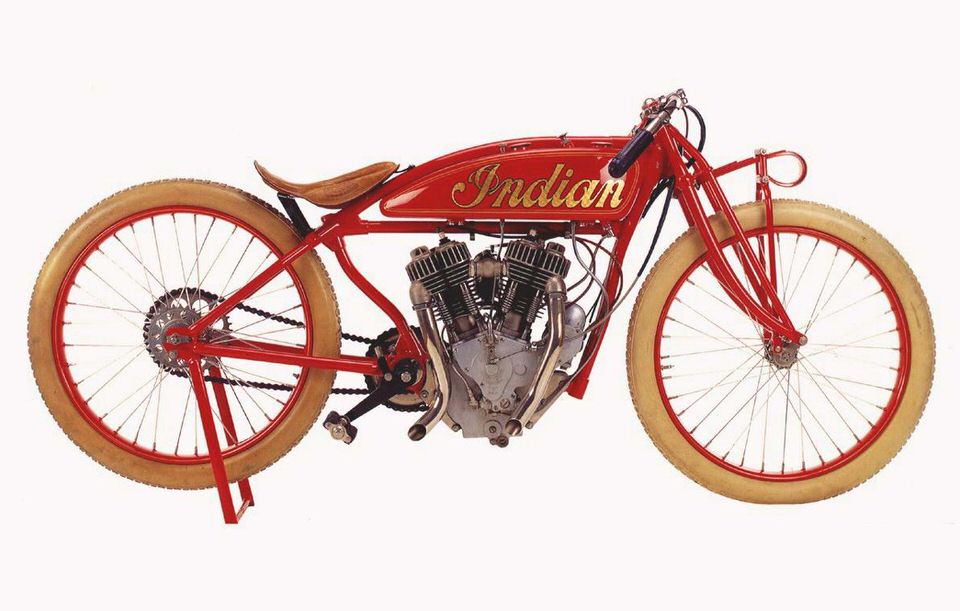
Indian Motorcycle… The Resurrection
Indian Motorcycle Company
Rolling south toward Kings Mountain, N.C. the smooth, three-lane interstate gently twists and bends, slowly climbing ahead of me into the distance. Edged by a lush wall of trees shouting out their early summer colors, the moving picture is framed with a perfectly blue, cloudless sky. Beneath me the steady rhythm of a muscular V-twin is setting the pace, as reflected shades of amethyst, emerald and gold play in the chrome headlight in front.
It is warm but not hot, and the steady flow of air invigorates my soul; as each heartbeat grows more vital, I feel at one with the machine. As the miles slide effortlessly by, the philosophy, spirit, and future of the new Indian Motorcycle Company now become crystal clear.
Looking back five years, there were serious doubts over the future of the Indian Motorcycle brand. A group of nine companies had been awarded the trademark in 1999, and they merged together to produce the first new Indian motorcycles since 1953. Manufactured in Gilroy, Calif. the company’s bikes carried the great names of the past-Chief, Scout, and Spirit.
Initially using Wisconsin-built SS Cycle engines, by 2002 the company was building its own Powerplus 100 engine, requisitioning a name that dates back to 1916. Production of these motorcycles continued until late 2003, when the company went into bankruptcy. By this time, some 12,000 motorcycles, using both power plants, had been sold.
Reliability issues plagued these machines, known today as Gilroy Indians, and Indian Motorcycle production ceased.
This situation did not remain for long, though. Having already resurrected the famous Chris-Craft and Riva boat companies, entrepreneurial lightning rod Stephen Julius and his Harvard Business School classmate Steve Heese purchased the intellectual property rights and went to work on the Indian Motorcycle Company.
Spending much of the next year researching the industry and putting a new workforce in place, by September 2006 a new home had been found for Indian Motorcycles in Kings Mountain. Moving the business to this location provided Indian with a number of benefits. A business friendly state, North Carolina has an international airport with direct flights to Heese’s London home, as well as a temperate climate and close proximity to the fabulous riding available in the Great Smoky Mountains.
While this was happening, the heart and soul of the new Indian Motorcycle Company was being formed. Hand picking a group of highly skilled engineers, designers, and developers from the motorcycle industry, Julius assembled his dream team. Bringing decades of experience from the American V-twin world, the attitude of each member is reflected in General Manager Chris Bernauer’s enthusiasm as he gives me a personal tour of the new facility.
Watching his craftsmen hand-assemble the new Power Plus 105 engine, Bernauer introduces me to Indian Motorcycle Company Manufacturing and Facility Manager Wes Robison. It is hard not be affected by their passion as they explain all the detailed engineering and development that has been put into the new engine. The outward appearance and architecture remain from the Gilroy era, but Nikasil plated cylinders are used in place of cast-iron liners.
The crankshaft, the pistons, and many other internal components are new.
As we walk through the Indian Motorcycle Company assembly area, Robison fills me in on a lot of details about Indian’s testing processes, from the durability tests that are conducted in Arizona to how the bump tests are carried out in Wisconsin, as well as the work that has been done on the suspension.
Bernauer takes me over to a bin containing metal cylinder base gaskets. “We don’t have to compromise on quality in any area,” he says, explaining the benefit of using metal, rather than paper, gaskets. “We can also react very quickly to specific needs.” With a small group of 15 engineers, there are no committees to appease, and this is something that makes the work so exciting. It is a theme that I find with everyone from Bryce Metcalf, Lead Project Engineer, to the Vice President of Engineering, Nick Glaja.
One of the first people hired by Julius, Glaja revels in the dynamic nature of the company, and the chance to continue to build his engineering and development team with the best in the business. When I ask him why he made the move to Indian Motorcycle Company he told me, “Harley-Davidson was saved in the ’80s by a group of enthusiasts, and look where they are now!”
It has been a challenging position for Glaja, with the early realization that existing Gilroy tooling and plans would provide no support for the new company. Starting from scratch, he had to completely re-tool for production, as Wes Indian Motorcycle Company. Robison began transforming the empty Kings Mountain factory to a functioning plant.
Suppliers had to be sourced, which meant the individual quality of each part had to be evaluated-Indian currently has over 120 suppliers on the books.
There is, of course, a huge benefit to working for a company owned by world-renowned businessmen that carries one of the most famous American motorcycle names on the gas tank-big companies anxious to work with such a prestigious company approach them all the time. Magneti Marelli now supplies the superb electronic closed loop fuel injection, and Mahle developed the new pistons.
Working my way along the assembly line, Robison stops to point out the wiring harness. “We completely redesigned this,” he tells me, and looking at the new harness wrapped and attached with surgical precision, the attention to detail is exemplary. Moving on to an assembled Chief Standard-there are four models based around the Chief platform for 2009-I learn each bike is tested, ridden, and tested again, before being signed off. Every new unit comes with signed documentation from the engine builder and a two-year unlimited mileage warranty-its own birth certificate of sorts.
Indian Motorcycle Company employees are chosen for their jobs with as much precision as the quality components, and Robison tells me about the philosophy used in the hiring process. “You can pretty much train a motorcycle person to do any facet of this business because they get it,” he says. “It’s a lot harder to take someone qualified only to do the job and teach them to be a motorcyclist.” Of course, Robison was quick to point out it is not set in stone that new employees ride, as Indian is very interested in hiring young, aggressive technicians with new ideas that they can bring to the two-wheeled family.
With Indian building premium machines, there is no compromise. Deep sumptuous paintwork and mirror-finish chrome, each hand-assembled component blends and flows with an exacting precision. The large signature teardrop headlight streams back to the one piece, 5.5-gallon fuel tank emblazoned with either the world famous Indian headdress logo or Indian script, depending on the model.
The deeply valanced Indian fenders are coated in the same lake reflection quality paint, and are a large component of the signature Indian look. There are different versions for each of the four models and they all wrap around spoked 16-inch wheels. The chrome-shielded, two-into-one stainless steel exhaust exits the engine to the right and integrates a catalytic converter for emissions compliance. Controls are characteristic of cruisers, with floorboards, heel-toe shift, and wide, pullback bars.
Switches for turn signals, horn, and headlight position are all standard fare with no surprises in the way they operate.
Modern touches abound with Brembo four-piston calipers working on dual floating rotors, and a clean, efficient belt drive taking power to the rear wheel through a six-speed gearbox. An analogue speedometer sits atop the gas tank with all the usual warning lights, and a digital tachometer is available if you toggle through the function switch located on the left handlebar.
Swinging a leg over the Indian Chief Vintage for my test ride, I slip effortlessly into the wide, double stitched leather saddle and crank up the engine. Firing quickly and urgently to life, it is time for a ride in the country and a visit to Indian’s first American dealership, Indian Motorcycle Charlotte. Here, I have been promised a chat with owner Mark Moses.
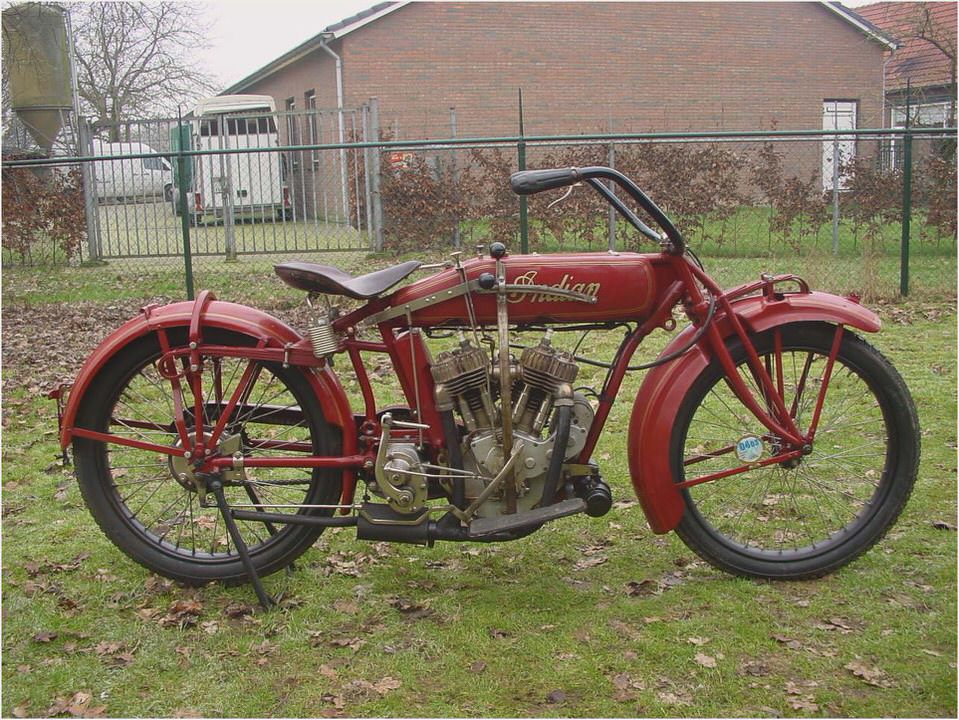
Pulling in the light hydraulic clutch, first gear is selected with a definitive big V-twin thump. Rolling on the throttle, I hit the road for the first time on an Indian motorcycle.
The ride to Charlotte is a short and sweet mixture of country roads and interstate-long enough to let me know this motorcycle is the real deal. Neutral handling, great brakes, and smooth shifting make the ride experience as perfect as the summer day I am riding through, and the relaxed engine marches to the charming beat of its own drum. Acceleration is effortless as we swoop with precision through the windy, Bible belt roads, passing Baptist churches and lazy farmhouses along the way.
The first generation Chief from the Kings Mountain factory elicits a smile as I think of my discussion with Glaja, Development and Test Manager Jean-Marc David, and Jere Peterson, RD specialist. As grounded as they are in digging their foundation and laying blocks to ensure this solid start results in a permanent structure, it doesn’t take long to get a glimpse into their dreams. A dirt tracker to go head-to-head with Harley, perhaps?
A modern version of Burt Munroe’s land speed record bike? A line of dirt bikes for the kids? With Indian Motorcycle’s incredible depth of talent surrounding me, it feels as if anything is possible as the future unfolds.
Arriving at Indian’s flagship dealership, Moses greets me and we step into his life. Surrounded by Indians, past and present, it is evident he must have blood ties somewhere in his family to founding fathers Hendee and Hedström. I learn there are currently 14 dealers.
These are a mixture of stand-alone and joint brand facilities, and each of them a very strong performer in the motorcycle industry.
His Charlotte dealership was built as the model for all Indian dealerships, and has the aura of an upscale fashion boutique, while bordering on minimalist in its design. Strong colors, textures and brickwork, coupled with old photographs and memorabilia from Indian’s glory days adorn the walls, and there is space between each bike to move. A high-end clothing section shows off Indian’s own exclusive brand of apparel, and a spotlessly clean, modern service area lives in the rear.
Moses knows his stuff.
I ask him how well the brand is being received by older Indian enthusiasts, and he surprises me by saying there is fantastic support. One of the first things done during the re-birth was to interview existing Gilroy Indian customers, which produced some very interesting results. Most were still passionate about the brand, just unhappy with reliability issues.
With the team back at Kings Mountain working overtime to ensure this is never again a problem, and quality people like Moses running dealerships, it is no wonder there is such a pervasive, positive attitude in the North Carolina air.
Back in the saddle and heading to base to end my day, Mother Nature is presenting me with the perfect analogy to conclude my time with Indian. As the sun starts to slowly sink into the western sky, igniting cinnamon, scarlet and russet collages in the dazzling chrome, the way ahead is clear and brightly lit. The heavy rain clouds of Indian’s past have cleared, making way for an optimistic future.
Stephen Julius has put an all-star team together to produce a premium product for the discerning individual, with some cool, innovative models coming for 2010. Starting with realistic and achievable goals, Indian Motorcycle Company is back, and it is easy to be convinced that the brand is here to stay. Photos by Tom Riles
Other articles you will enjoy:
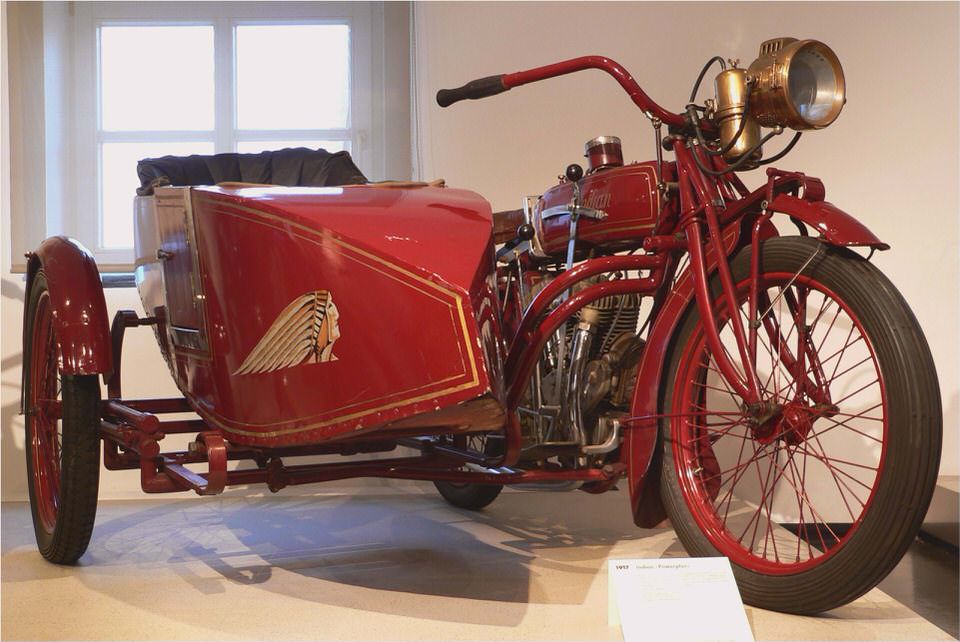
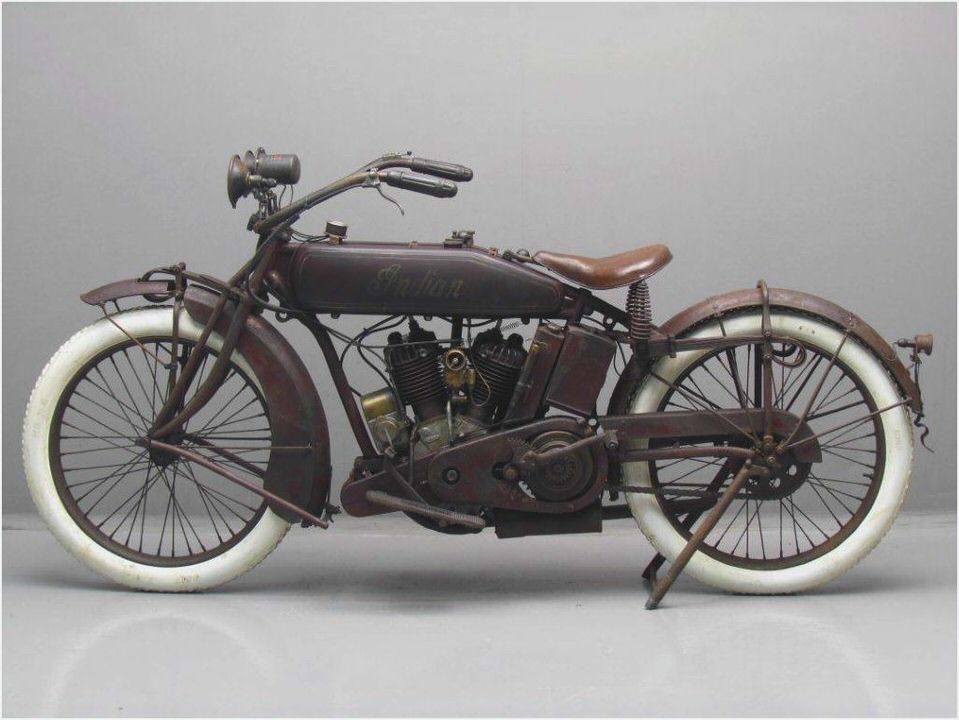
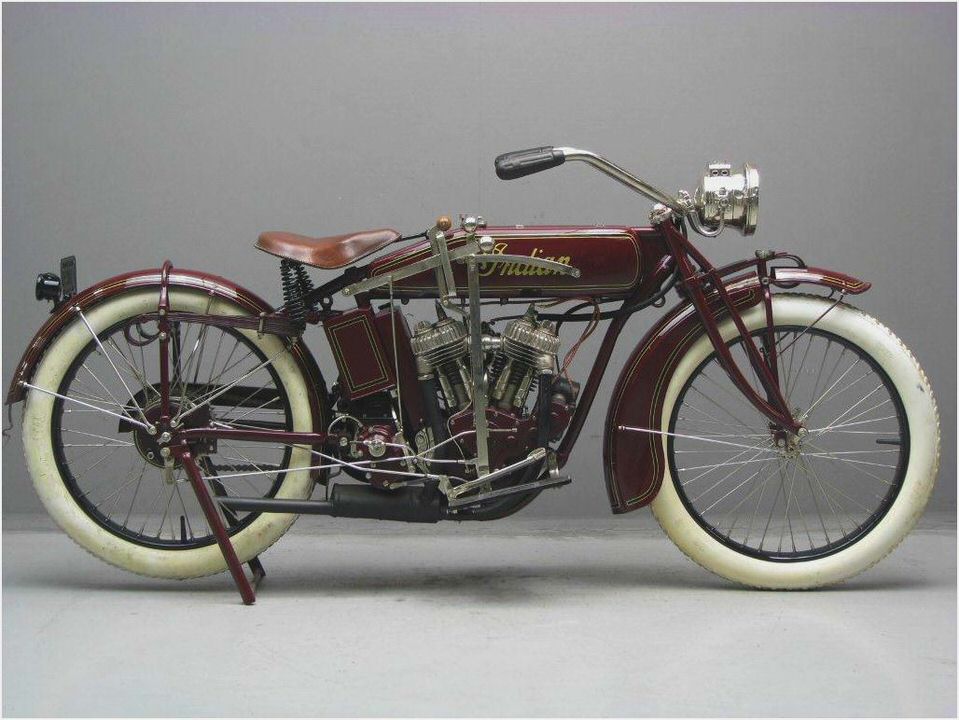
- Indian’s 2004 motorcycle models News & Updates Motorcycle Cruiser
- 1920 Indian Scout – Classic Motorcycle Film – RealClassic.co.uk
- 1927 Indian Scout Motorcycle
- 1930 Indian Scout 101 Hot Bike
- 1935-1945 Indian Model 741 History – Ultimate MotorCycling

